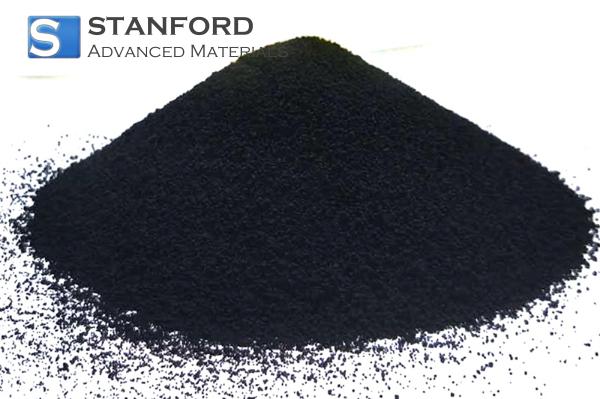Specific Weight And Density
Introduction and Description
Specific weight and density are fundamental concepts in physics and engineering that are routinely used to describe the properties of materials. Although interrelated, these quantities serve distinct purposes and are measured using different methods.
Density is defined as the mass of a substance per unit volume. It is a scalar quantity and is typically expressed in units such as kilograms per cubic metre (kg/m³).
In contrast, specific weight is defined as the weight per unit volume of a material. It incorporates the gravitational force acting upon the mass and is therefore a vector quantity. Specific weight is usually measured in newtons per cubic metre (N/m³).
Relationship between Specific Weight and Density
The relationship between specific weight (γ) and density (ρ) can be expressed by the following equation: γ = ρ × g
where g represents the gravitational acceleration.
This equation indicates that specific weight is directly proportional to density, with gravitational acceleration serving as the proportionality constant.
Applications and Use Cases
Applications of Density:
- Determination of buoyancy in fluids:
Density is critical in determining whether an object will float or sink in a fluid. Objects with a density lower than that of the fluid float, whereas those with a higher density sink. This principle is applied in shipbuilding, submarine design and flotation devices.
- Calculation of material requirements in engineering:
Engineers use density to estimate the mass of materials required for construction and manufacturing. This calculation assists in the design of components such as beams, tanks and pipelines, where weight is a critical factor in load-bearing calculations.
- Identification of substances in chemistry:
Density is a fundamental property used in the identification of substances and mixtures. It helps chemists to distinguish between different materials and to verify the purity of compounds.
Applications of Specific Weight:
- Civil engineering for load calculations:
Specific weight is important for calculating the loads that a structure can safely support. This calculation assists engineers in planning buildings, bridges and towers by determining the weight of materials per unit volume, thereby ensuring that the structure withstands gravitational forces.
- Hydraulics and fluid mechanics:
In fluid mechanics, specific weight is used to calculate liquid pressure at different depths. This calculation is essential for the design of pumps, dams and pipelines, given that the weight of the liquid affects system performance.
- Geotechnical engineering for assessing soil properties:
Specific weight is used in geotechnical engineering to evaluate the load-bearing capacity of soil particles. It is employed during the planning of foundations and in soil compaction tests to determine soil stability.
Differences between Specific Weight and Density
|
Parameter |
Density (ρ) |
Specific Weight (γ) |
|
Definition |
Mass per unit volume |
Weight per unit volume |
|
Units |
kg/m³ |
N/m³ |
|
Dependence |
Independent of gravity |
Dependent on gravity |
|
Applications |
Material identification |
Load and force calculations |
|
Scalar or Vector |
Scalar |
Vector |
Further information is available at Stanford Advanced Materials (SAM).
Frequently Asked Questions
What is the main difference between specific weight and density?
Density measures mass per unit volume, while specific weight measures weight per unit volume, taking gravity into account.
How is specific weight calculated?
Specific weight is calculated by multiplying the density of a material by the gravitational acceleration (γ = ρ × g).
In which fields is density most commonly used?
Density is commonly used in physics, chemistry, engineering and materials science for the identification of materials and the calculation of material properties.
Why is specific weight important in civil engineering?
Specific weight is essential in civil engineering for accurately calculating loads and ensuring the stability and safety of structures.
Can specific weight vary depending on location?
Yes, because specific weight depends on gravity, it may vary slightly according to the strength of the local gravitational field.

 Bars
Bars
 Beads & Spheres
Beads & Spheres
 Bolts & Nuts
Bolts & Nuts
 Crucibles
Crucibles
 Discs
Discs
 Fibers & Fabrics
Fibers & Fabrics
 Films
Films
 Flake
Flake
 Foams
Foams
 Foil
Foil
 Granules
Granules
 Honeycombs
Honeycombs
 Ink
Ink
 Laminate
Laminate
 Lumps
Lumps
 Meshes
Meshes
 Metallised Film
Metallised Film
 Plate
Plate
 Powders
Powders
 Rod
Rod
 Sheets
Sheets
 Single Crystals
Single Crystals
 Sputtering Target
Sputtering Target
 Tubes
Tubes
 Washer
Washer
 Wires
Wires
 Converters & Calculators
Converters & Calculators
 Write for Us
Write for Us





 Chin Trento
Chin Trento



